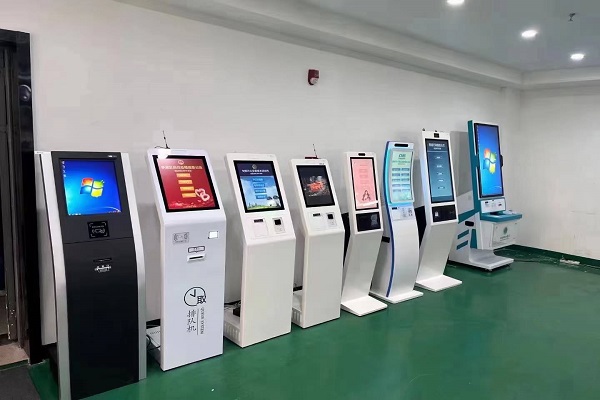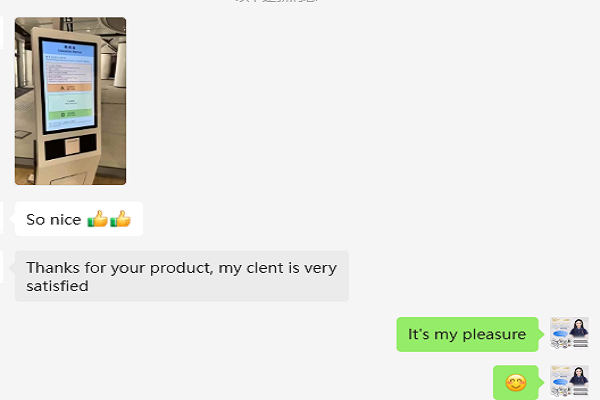What are the uses of queuing machines?
I. Core uses of the system
1) Optimize service processes
The queuing machines and calling system reconstructs the service process through digital means, transforming the traditional physical queue into a virtual queue, enabling service providers to handle business in the optimal order, reducing customers' ineffective waiting time, and improving overall service efficiency.
2) Improve service environment
The queuing machines system eliminates the phenomena of queue jumping and occupying seats in traditional queues, creating a fair and orderly service environment. After picking up a number, customers can move freely without having to stick to the service window, which greatly improves the order and comfort of the service place.
3) Improve service experience
Multimedia calling method (screen display + voice prompt) ensures that customers will not miss the call; some queuing machines systems provide functions such as estimated waiting time and queue progress query to relieve waiting anxiety; advanced systems can also set priority rules according to customer types (such as VIP, elderly, etc.) to achieve differentiated services.
4) Realize service digitization
The service data generated by the calling queuing machines system can be used to analyze key indicators such as business peak hours, efficiency of each service window, and customer waiting time, helping managers optimize staffing and service processes. The data accumulated by the system can also be used for customer behavior analysis and service improvement.
5) Epidemic prevention and control assistance
During the epidemic, the queuing machines calling system has become an important epidemic prevention tool by controlling the density of people in the venue, realizing contactless number collection, and recording information such as customer arrival time. Some systems have also added functions such as temperature detection and health code verification.
ll. Technology development trend
The modern queuing machines calling system is developing in the direction of intelligence, mobility, and integration. New functions such as WeChat number collection, mobile phone queue progress query, and face recognition calling are constantly emerging; the integration of the system with enterprise systems such as CRM and ERP is constantly improving; artificial intelligence technology is applied to scenarios such as waiting time prediction and optimal queue allocation. In the future, the queuing calling system will not only be an order management tool, but also an important part of the smart service ecosystem.
This is a 32-inch ticket calling machine purchased by a German customer. After using it, he was very satisfied and gave the following customer feedback.
lll. Conclusion
Each service industry should reasonably configure and continuously upgrade the queuing system based on its own characteristics, and enhance its core competitiveness through digital means.


